The Fundmentals of Video Game Design
Learn what the game design production pipeline involves.
Video game design is a vast and diverse field that exists at the intersection of computer science, creative writing, and graphic design. The job of the game designer is to take the creative lead and come up with a comprehensive concept for the game that is going to be built. It's often what separates successful game projects from failures.
Let's dive deeper into what video game design is and how experienced game developers approach it.
What is video game design?
Jesse Schell, a prominent game designer and the author of The Art of Game Design, defines video game design as "the act of deciding what a game should be". To decide what a game is, you must make hundreds, usually thousands of decisions.
These decisions cover a variety of aspects, including but not limited to:
Gameplay
Characters and dialogues
Storylines
Music and sound effects
User interface
Any work related to the creative vision of a video game will come from a game designer, typically in the form of sketches, mockups, concept art, character models, or storyboards. These assets are usually created using a variety of specialized game design tools.
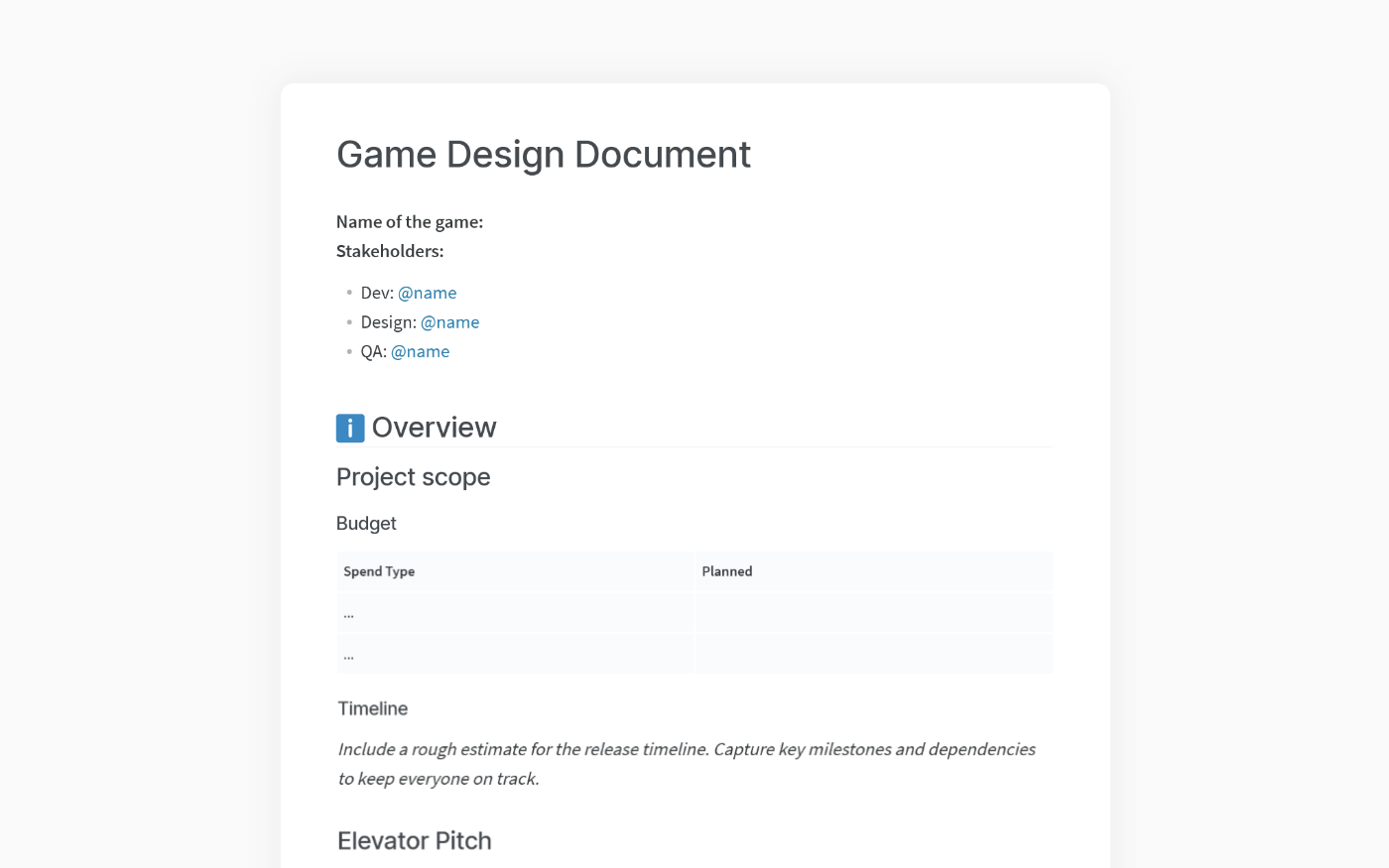
Game design vs. game development
Game design and game development are two different terms, though they are often used interchangeably, but they do, in fact, mean different things:
Game design is a subset of game development. It refers to the conceptual and creative side of things: the initial vision, the mechanics, the story, the characters, the locations, and so on.
Game development is a broader term that covers game design and additionally includes the technical implementation of the game concepts using game development software. It includes the entire game production pipeline.
At many smaller game development studios, the same team members wear many hats and are responsible for both fields. At larger companies, however, game design is handled by a separate team of level designers, writers, artists, and interface designers.
Game design process
The game design process varies from studio to studio. An indie game designer doesn't need the same formal design workflows and procedures used by AAA game studios. But the first step is the same: before writing a single line of code, an experienced game designer creates a map for what he is going to build.
Start with a GDD
A new game development project is kicked off by creating a game design document (GDD). Here's an example of a game design document created in Nuclino, a unified workspace where teams can bring all their knowledge, docs, and projects together:
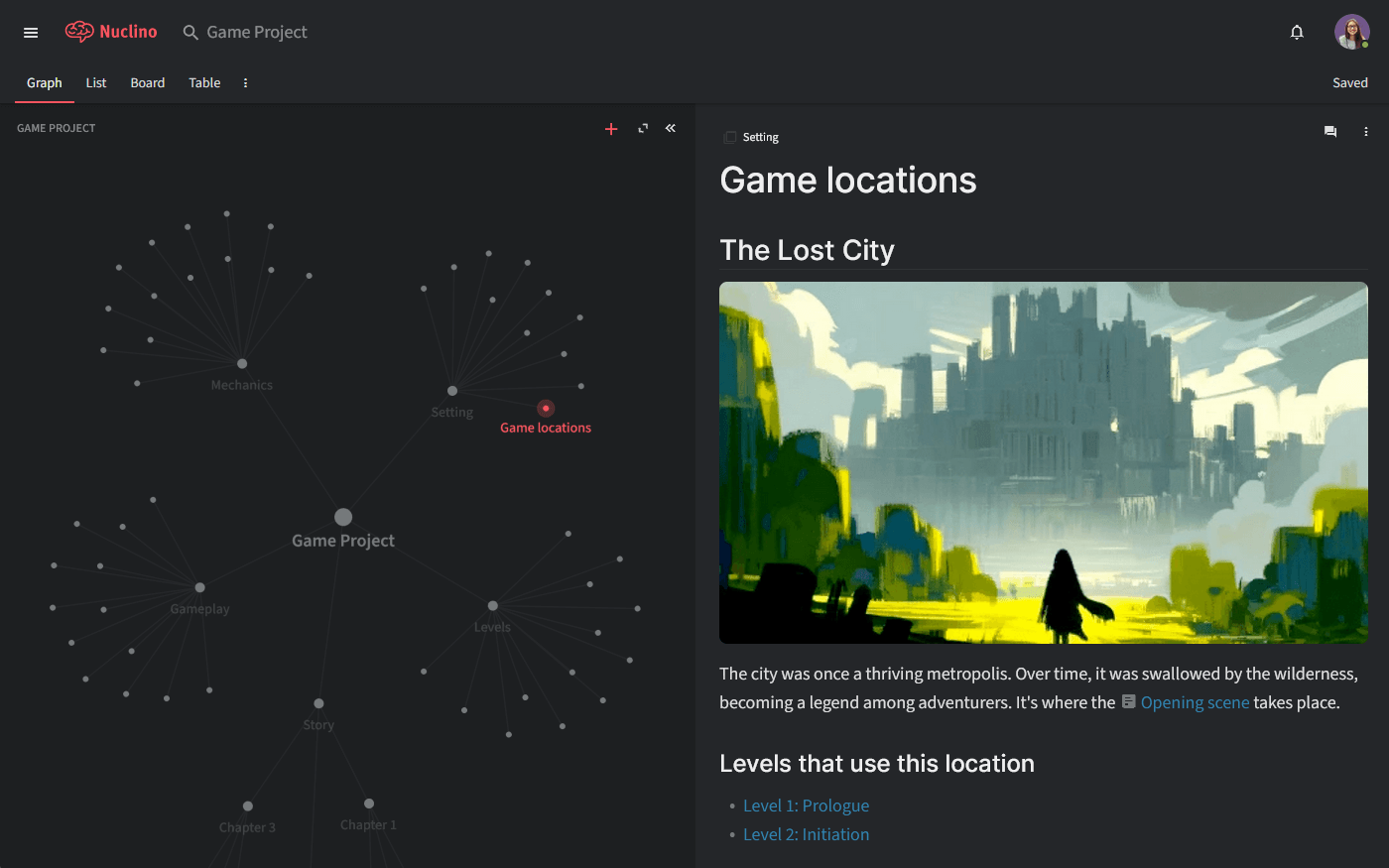
Game design document example (Artwork credit: Stephane Wootha Richard)
Nuclino can serve as a lightweight game documentation tool, a game development planner, an internal wiki, and more. You can create real-time collaborative docs, allowing you to document, share, and collaborate on anything, from game proposals and storyboards to character profiles and concept art.
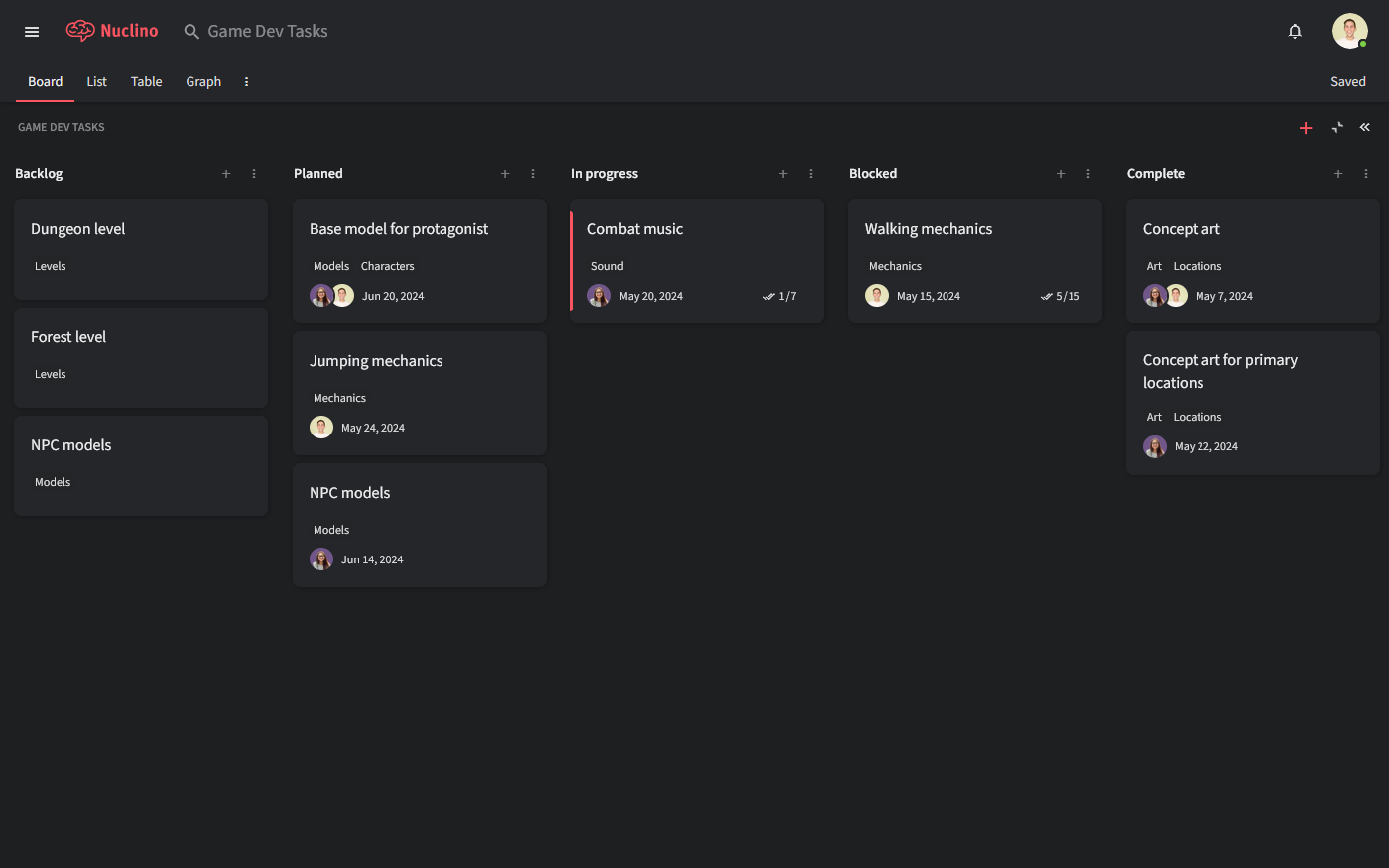
The GDD acts as a blueprint for your game and evolves together with it over the course of the development process. If you have a great new game idea, you may be itching to start building it right away. But jumping straight into coding without cultivating a game design document is a sure way to end up being hampered by placeholder art, malfunctioning code, and clashing mechanics.
The first iteration of a GDD starts as a game project proposal, in which the game designer outlines the high-level game concept, the target audience, requirements, schedule, and budget estimates. As the project progresses, the stakeholders – designers, developers, artists, and writers – all collaboratively update the document.
Pre-production
The pre-production stage is highly exploratory. Designers prototype various environments, characters, control schemes, and other in-game elements. They use storyboards, concept art, interface mockups, and so on, to flesh out their ideas and see how they look, feel, and interact with one another. Not all of these designs make it into the final game.
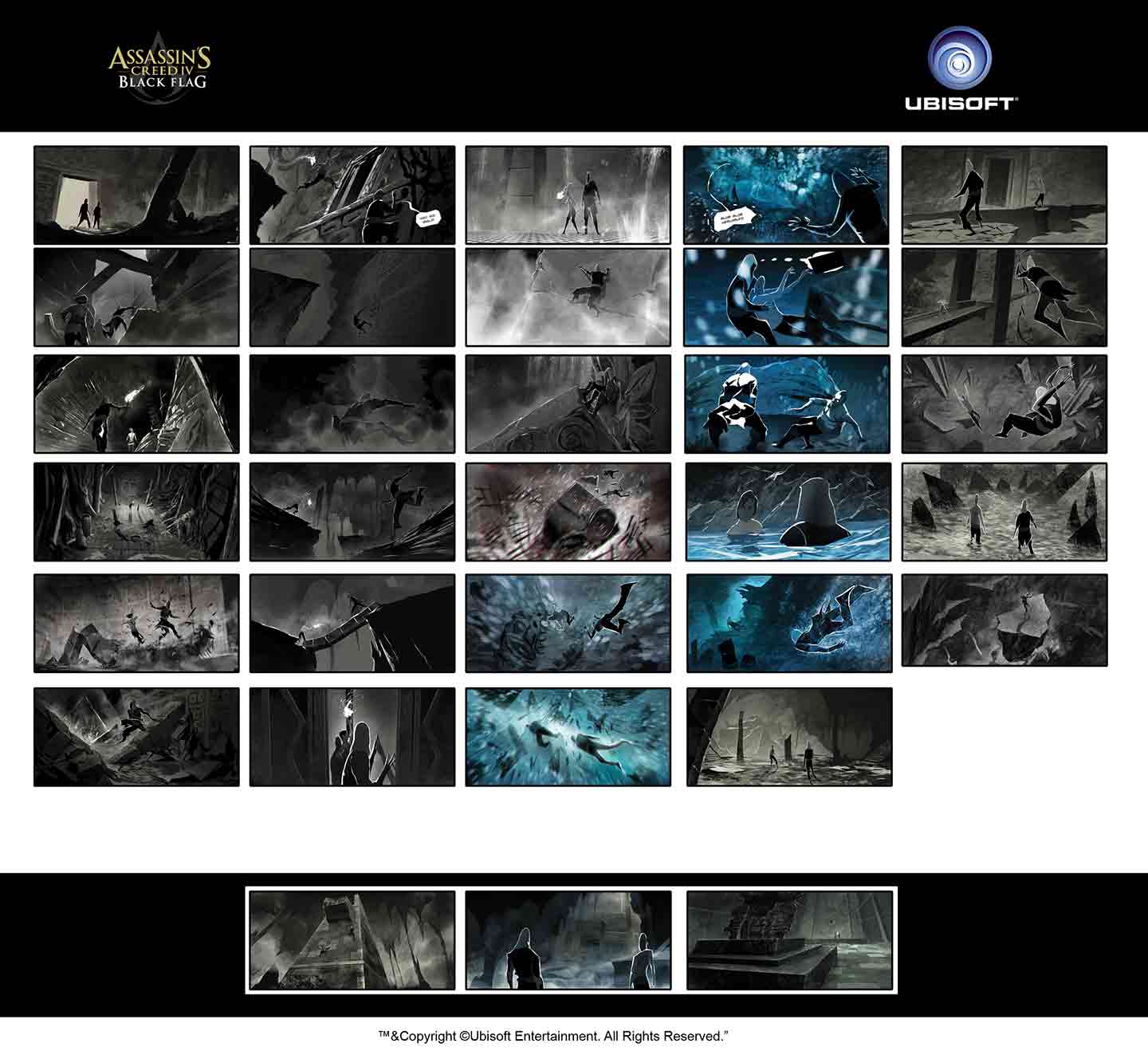
Game storyboard example (Credit: Ubisoft Entertainment)
Production
During the production stage, game designers refine the concepts that made the cut. Working together with artists, writers, and voice actors, they render character models, craft dynamic and immersive levels and environments, iterate on the interfaces, and so on.
As is the case with many creative projects, the final games often look very different from their initial concepts. Don't be afraid to let your designs evolve, as long as you document every change in your GDD and give your team a single source of truth.
Elements of game design
Game design is a complex and interdisciplinary field, and game designers at smaller studios have to wear many hats. The elements of game design can be roughly broken down into four main categories.
Gameplay and mechanics
Gameplay defines the way in which players interact with a game, which includes the game’s rules, plot, objectives, challenges. Game mechanics support the designed gameplay by providing a set of rules that govern player interactions.
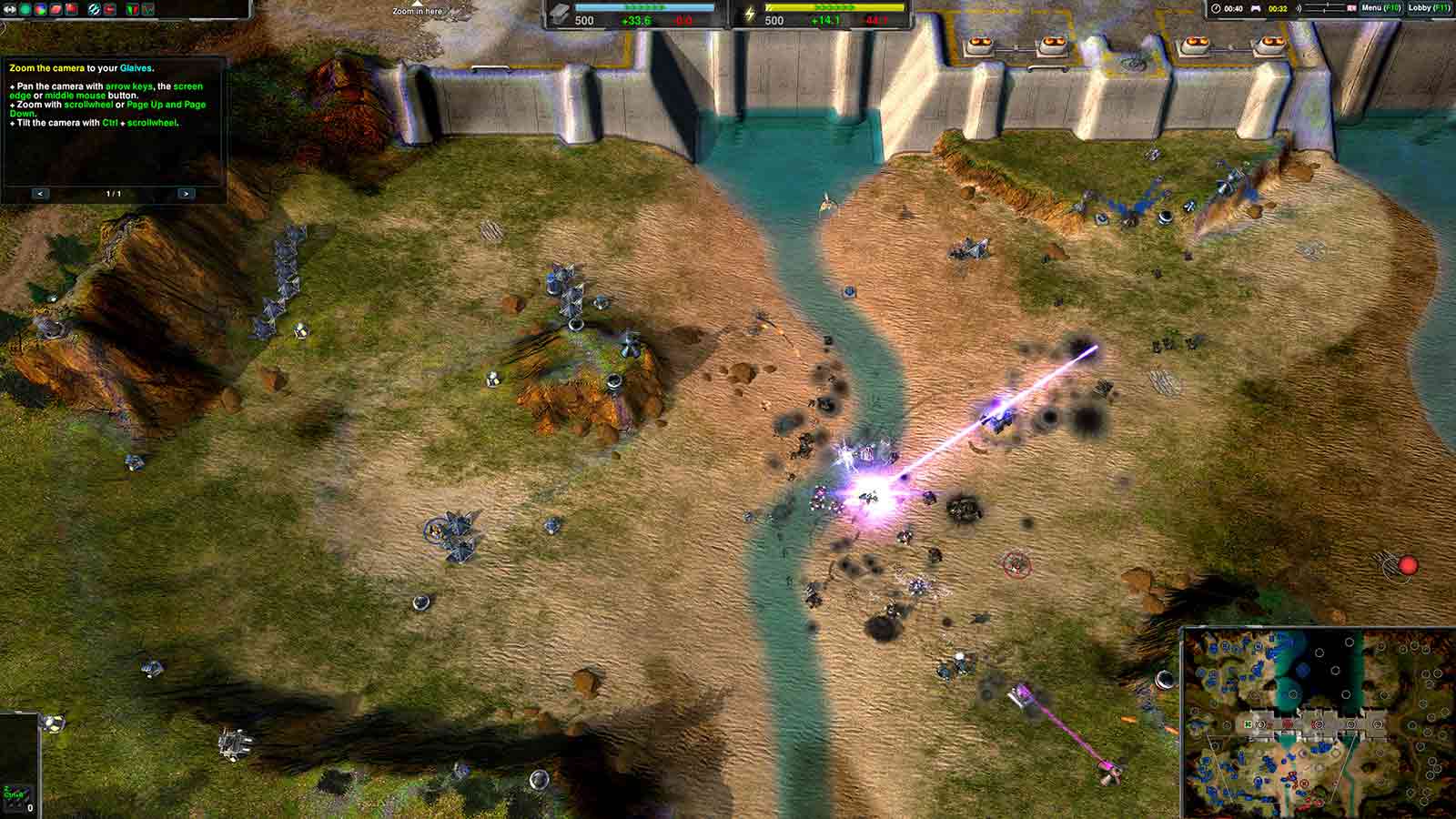
Gameplay example
Aesthetics
The aesthetics of the game define the look and feel of the game. It's an exceptionally important aspect of game design because it determines how engaging and immersive the game experience will be.
Story and setting
Every game, no matter how simple, needs a story. It starts with high-level worldbuilding, usually done by the lead game designer. Lower-level details, such as the creation of locations, events, quests, characters, and dialogues, are usually worked on by a team of level designers.
Audio
Audio is another fundamental component of game design. It involves creating and incorporating all of the sounds that take place in the game, such as background music, sound effects, or voice acting.
Game design is a multidimensional field and this is by no means an exhaustive list. The job of the game designer is very much like that of a movie director: they have to be the visionary of the project, controlling both the artistic and the technical elements of the game.
Nuclino: Your team's collective brain
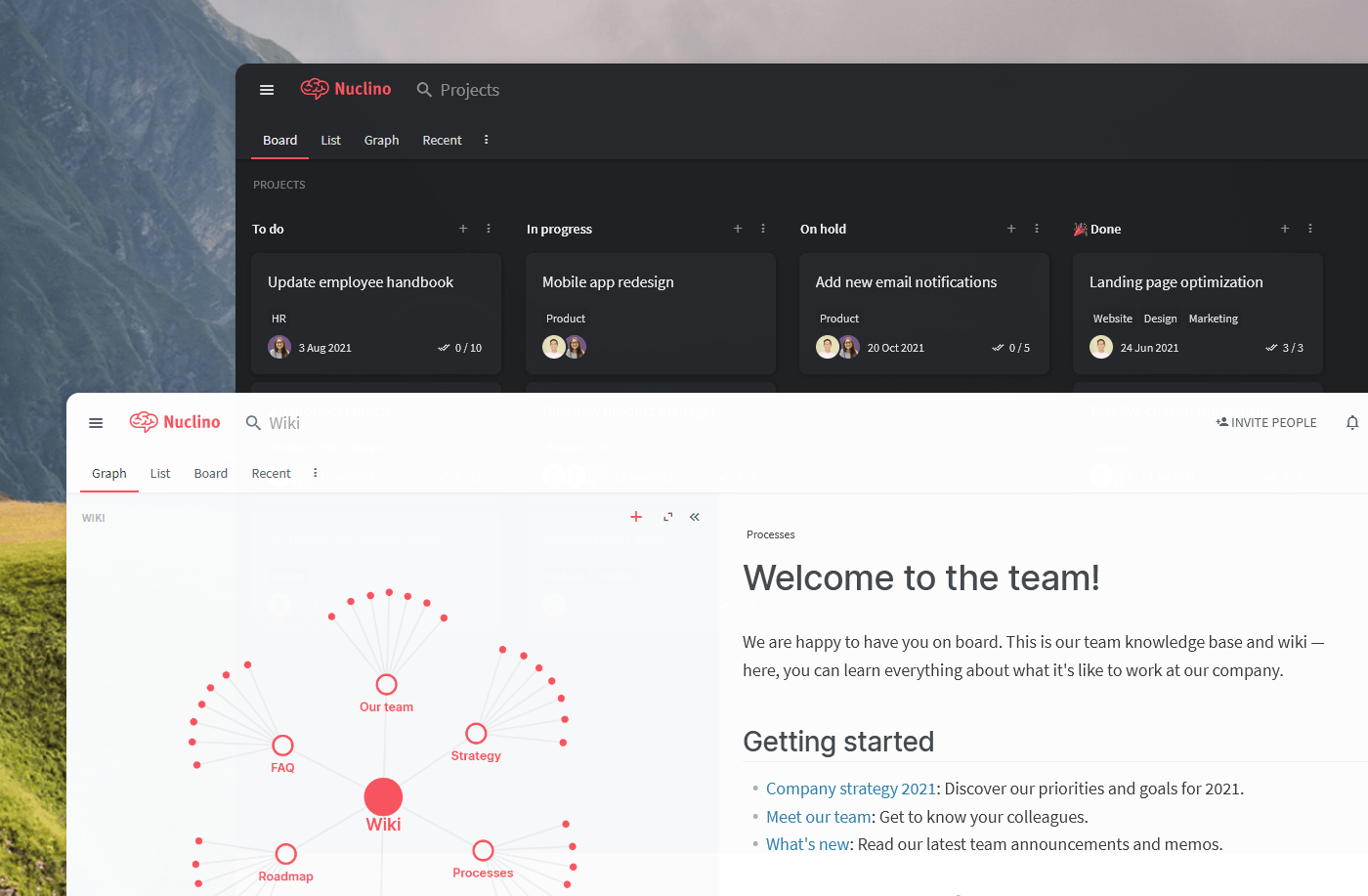
Nuclino brings all your team's knowledge, docs, and projects together in one place. It's a modern, simple, and blazingly fast way to collaborate, without the chaos of files and folders, context switching, or silos.
Create a central knowledge base and give your team a single source of truth.
Collaborate in real time or asynchronously and spend less time in meetings.
Manage and document your projects in one place without losing context.
Organize, sort, and filter all kinds of data with ease.
Integrate the tools you love, like Slack, Google Drive, Figma, Lucidchart, and more.
Ready to get started?
